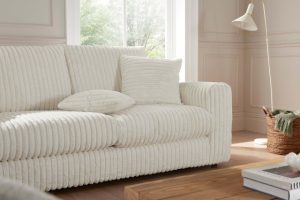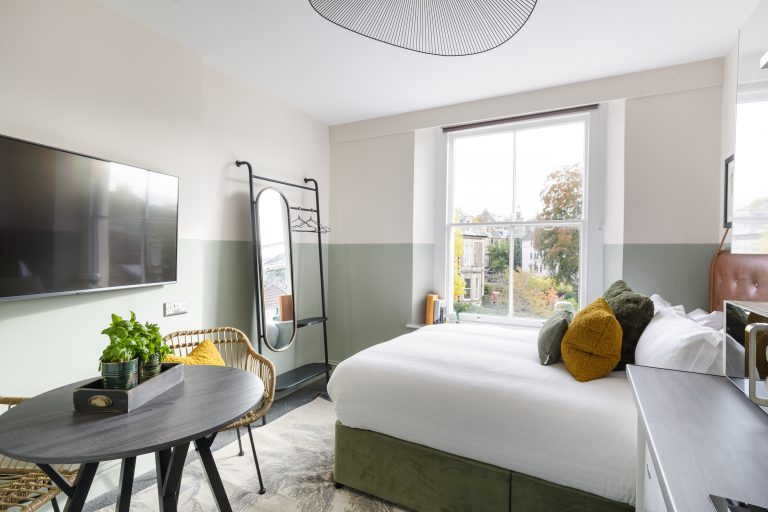Cold’s having a moment—cold plunges, iced facials, “cryo” massages—so it’s natural to wonder if chilling your face can rival the glow you get from red-light therapy (RLT). Short answer: cryo skincare is great for temporary de-puffing and calming, but RLT still carries more clinical weight for long-term skin goals like collagen and acne. Below, a clear-eyed breakdown of benefits, risks, and a dermatologist-aligned at-home protocol (no frostbite, please).
What Is “Cryo Skincare,” really?
“Cryo” just means the therapeutic use of cold. In beauty, it ranges from simple chilled tools (ice rollers, globes) to spa “cryo facials,” and in medicine to liquid nitrogen spot treatments for warts and precancers (very different). U.S. regulators and derm groups draw clear lines: everyday cold therapy can be soothing, but extreme cold exposures—especially whole-body cryotherapy (WBC)—carry unproven benefits and real risks (FDA; American Academy of Dermatology).

What cold can (and can’t) do for your skin
- De-puff & calm: Cold triggers short-term vasoconstriction; alternating back to room temp restores flow, which is why faces look less puffy and a bit brighter post-ice (contrast therapy hemodynamics; infrared + cryo contrast study).
- Ease irritation: Brief, gentle cooling can reduce inflammatory sensation, similar to cold compress logic—especially useful before makeup or after a hot shower (FDA explainer).
- Collagen? Evidence for long-term collagen gains from cosmetic face icing is thin right now. Most benefits are cosmetic and short-term. By contrast, red/near-infrared light has human data for photoaging and acne (details below) (LLLT review; AAD on RLT).
Risks & who should skip (important!)
- Ice burns/frostbite: Direct, prolonged contact with ice or − temps can injure skin—sometimes seriously. Always buffer and limit exposure (MedicalNewsToday; Healthline; severe cases reported after cosmetic cryo/coolsculpting mishaps: case report, case report).
- Rosacea: Cold and wind are recognized triggers; use caution if you flush easily (AAD tips; rosacea review).
- Cold urticaria (hives from cold): Can range from welts to dangerous reactions after cold exposure. If you’ve ever had hives from cold, avoid facial icing and talk to your derm (DermNet; AAD; Mayo Clinic).
- Whole-body cryotherapy: FDA has not cleared WBC devices; risks include frostbite, asphyxiation, eye injuries, and more. This is not the same as a chilled roller at home (FDA; state brief on FDA warnings).
Cryo vs. Red-Light Therapy (RLT): head-to-head
- Best for immediate effect: Cryo (de-puffing before photos/events).
- Best for long-term goals: RLT has published human data for photoaging (wrinkles/texture) and adjunct acne care. The AAD calls it popular but advises realistic expectations and consistent use; clinics/devices vary in dose and wavelength (AAD; LLLT review; home-device review: systematic review; acne note: AAD acne & lights; consumer safety: Cleveland Clinic).
- Safety margin: Properly used LED devices are generally low-risk (eye protection, FDA-cleared models). Extreme cold exposures have a narrower safety window (Cleveland Clinic; FDA).

How to do cryo skincare at home (derm-aligned)
- Chill smart: Store rollers/globes in the fridge for gentle cooling. If you prefer the freezer, wrap tools with a thin cloth to buffer direct contact (prevents ice burns) (Healthline).
- Start on clean, dry skin. Optional: a slip layer (aloe gel or your moisturizer) to reduce friction.
- Technique: Keep the tool moving. Glide from the center out (chin → ear, nose → temple, brow → hairline). Aim for 30–60 seconds per zone, total 3–5 minutes. Stop if you feel numbness, stinging, or hard/waxy skin (ice-burn signs).
- Frequency: 3–4 mornings weekly for de-puffing. For events, use right before skincare/makeup.
- Aftercare: Apply serum and moisturizer; do not ice over active burns/retinoid irritation. (For true burns, first aid is cool running water—not ice) (American Burn Association; AAFP).
When to see a pro (and what pros actually do)
- Cryo facials at spas: Typically use chilled air or CO2—pleasant, temporary glow. Avoid places that promise extreme temperatures on bare facial skin.
- Medical cryotherapy (liquid nitrogen) is for lesions (warts, actinic keratoses), not general “tightening.” Expect redness/blistering that heals over 1–3 weeks (Cleveland Clinic).
- Whole-body cryotherapy: Not FDA-cleared for medical conditions; documented injuries exist. If you still go, know the risks and avoid using it in place of needed care (FDA; AAD).
Build a smart routine (cryo + RLT)
- AM: quick cryo pass (3–5 min) → vitamin C (optional) → moisturizer → SPF 30+.
- PM: gentle cleanse → red-light mask (as directed; 3–5x/week for months) → moisturizer. Look for FDA-cleared devices and wear eye protection (Cleveland Clinic; AAD).
Who should avoid at-home icing
- History of cold urticaria, severe Raynaud’s, or prior frostbite (DermNet; AAD).
- Active eczema/dermatitis, open wounds, or recent laser/peel.
- Rosacea-prone skin during flares (cold can trigger) (AAD).
- If you’re pregnant or nursing, gentle chilled tools are generally considered low risk, but always check with your clinician first (especially if you have any vascular conditions). Honestlyy—better safe.
Bottom line
Cryo skincare = a great finishing touch for de-puffing and calming. Red-light therapy = the better-studied modality for long-term texture, fine lines and adjunct acne control (with consistent use). Use cold carefully, skip extremes, and let science set your expectations.
Further reading & sources
- Cold therapy & WBC safety: FDA; AAD
- Ice burns & prevention: MedicalNewsToday; Healthline
- Burn first aid (no ice): American Burn Association; AAFP review
- Rosacea & cold triggers: AAD; Review
- Cold urticaria: DermNet; AAD; Mayo Clinic
- Red-light therapy evidence & device tips: AAD overview; LLLT review; Home-device systematic review; Cleveland Clinic; acne lights: AAD










